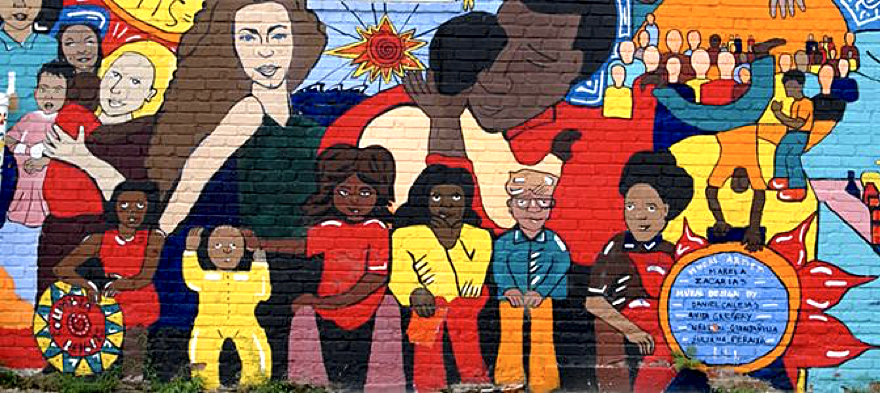
Oct 12, 2020 12:00:00 AM
There are close to 50 million Hispanic people in the United States. But like many minority groups in the United States, their history and heritage are often overlooked by traditional educational standards. That is where National Hispanic Heritage Month comes in. Like Black History Month, Hispanic Heritage Month was designed to combat the tendency to gloss over the history, accomplishments and contributions of the Hispanic community.
But how did it start?
Like other affinity months, Hispanic Heritage Month was originally a week. Congressmen George E. Brown, who represented East Los Angeles during the 1960s, saw the Civil Rights Movement play out in Hispanic neighborhoods firsthand. He was the first to introduce Hispanic Heritage Week in 1968. President Lyndon B. Johnson eventually issued the proclamation making the week official.
For twenty years the commemorative event remained a weeklong affair. It was not until 1989 that Hispanic Heritage week was extended from a week to a month.
Hispanic Heritage month runs 31 days starting from September 15. That date is symbolic because it is the date that many Latin American countries declared their independence from Spain. Additionally, Mexico declared its independence from Spain September 16.
[pullquote]Hispanic Heritage Month is a time to touch on contributions made by the Hispanic community. However, just like we say with Black History Month, it is important to note that it should not be the ONLY time you do so.[/pullquote]
With that being said, hispanicheritagemonth.gov has compiled a variety of resources for teachers so you can hit the topic extra hard during a time of the year when it is especially relevant.
Click here to find Hispanic Heritage Month resources to guide your class.
Andrew Pillow is a fifth grade social studies teacher at KIPP Indianapolis, a charter school where he has taught since 2011. He is also a former Teach Plus Policy Fellow and he has taught technology and social issues.
Few issues in education spark more tension and debate than standardized testing. Are they a tool for equity or a burden on students? A necessary check on school systems or a flawed measure of...
Charter schools are public schools with a purpose. Operating independently from traditional school districts, they're tuition-free, open to all students, and publicly funded—but with more flexibility...
Despite the benefits of a diverse teaching force, prospective teachers of color fall out of our leaky preparation pipeline at every stage: preparation, hiring, induction, and retention. Here’s what...
Ed Post is the flagship website platform of brightbeam, a 501(c3) network of education activists and influencers demanding a better education and a brighter future for every child.
© 2020-2025 brightbeam. All rights reserved.
Leave a Comment